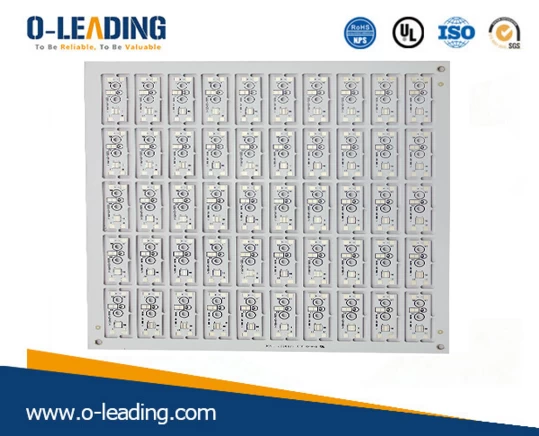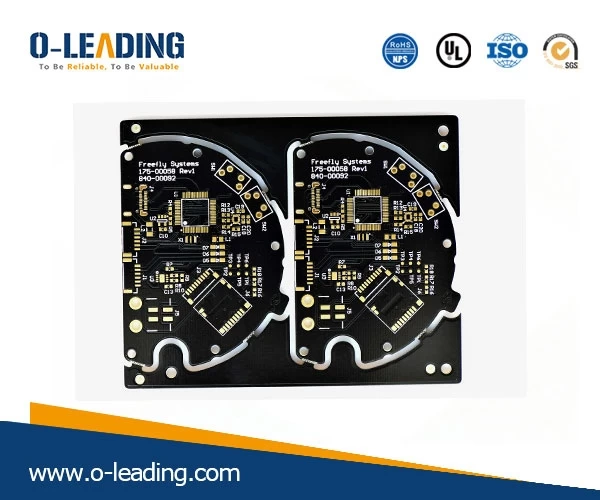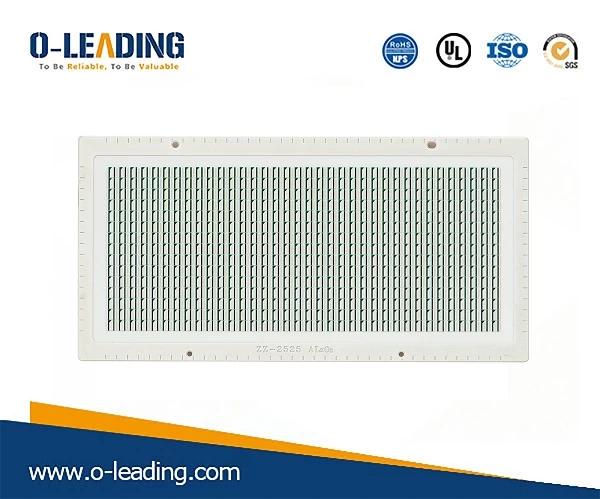Causes and Solutions of SMT Tin Beads
Tin bead is one of the common defects in reflow soldering. It not only affects the appearance but also causes bridging. Tin bead can be divided into two types. One type appears on the side of the chip component and is usually an independent large spherical shape. One type appears as scattered beads around the IC pins. There are many reasons for the generation of tin beads, and the analysis is as follows:
▶ The temperature curve is incorrect. The reflow soldering curve can be divided into 4 sections, which are preheating, heat preservation, reflow and cooling. The purpose of preheating and heat preservation is to make the PCB surface temperature rise to 150 within 60 ~ 90s. ℃, and keep the temperature for about 90s.This can not only reduce the thermal shock of the PCB and components, but also mainly ensure that the solvent of the solder paste can be partially volatilized to avoid splashing due to too much solvent during reflow soldering, which will cause the solder paste to punch out of the pad. Forming tin beads.
Solution: Pay attention to the heating rate and take a moderate preheating, so that it has a good platform to make most of the solvent volatilize.

▶ Quality of solder paste
The metal content in the solder paste is usually (90 ± 0.5) ℅. If the metal content is too low, it will cause too much flux composition, so too much flux will cause flying beads because the preheating stage is not easy to volatilize.
Increased water vapor and oxygen content in solder paste can also cause flying beads. Because solder paste is usually refrigerated, when taken out of the refrigerator, if no recovery time is ensured, water vapor will enter; in addition, the lid of the solder paste bottle is used every time After that, it must be tightly closed.If it is not tightly closed in time, it will also cause water vapor to enter.
After the solder paste printed on the template is completed, the remaining part should be treated separately. If it is put back in the original bottle, it will cause the solder paste in the bottle to deteriorate and also cause solder beads.
Solution: Choose high-quality solder paste, pay attention to the requirements for storage and use of solder paste.

▶ Printing and placement
In the solder paste printing process, due to the offset between the template and the pad, if the offset is too large, it will cause the solder paste to flow out of the pad, and solder beads will easily appear after heating. In addition, the printing working environment is not good It will also lead to the formation of tin beads. The ideal printing environment temperature is 25 ± 3 ℃, and the relative humidity is 50℅ ~ 65℅.
Solution: Carefully adjust the clamping of the template to prevent loosening and improve the printing work environment.

The Z-axis pressure during the placement process is also an important cause of tin beads, but it often does not attract people's attention. The Z-axis head of some placement machines is positioned according to the thickness of the component.If the Z-axis height is incorrectly adjusted, it will It causes the phenomenon that the solder paste is squeezed out of the pad at the moment when the component is attached to the PCB. This part of the solder paste will form solder beads during soldering. In this case, the size of the solder beads is slightly larger.
Solution: readjust the height of the Z axis of the placement machine.
Thickness of the stencil and the size of the opening. Excessive stencil thickness and the size of the opening will cause an increase in the amount of solder paste and also cause the solder paste to flow out of the pad, especially the touch panel manufactured by chemical etching method.
Solution: Use a template with an appropriate thickness and design of the opening size.Generally, the opening area of the template is 90℅ of the pad size.
































